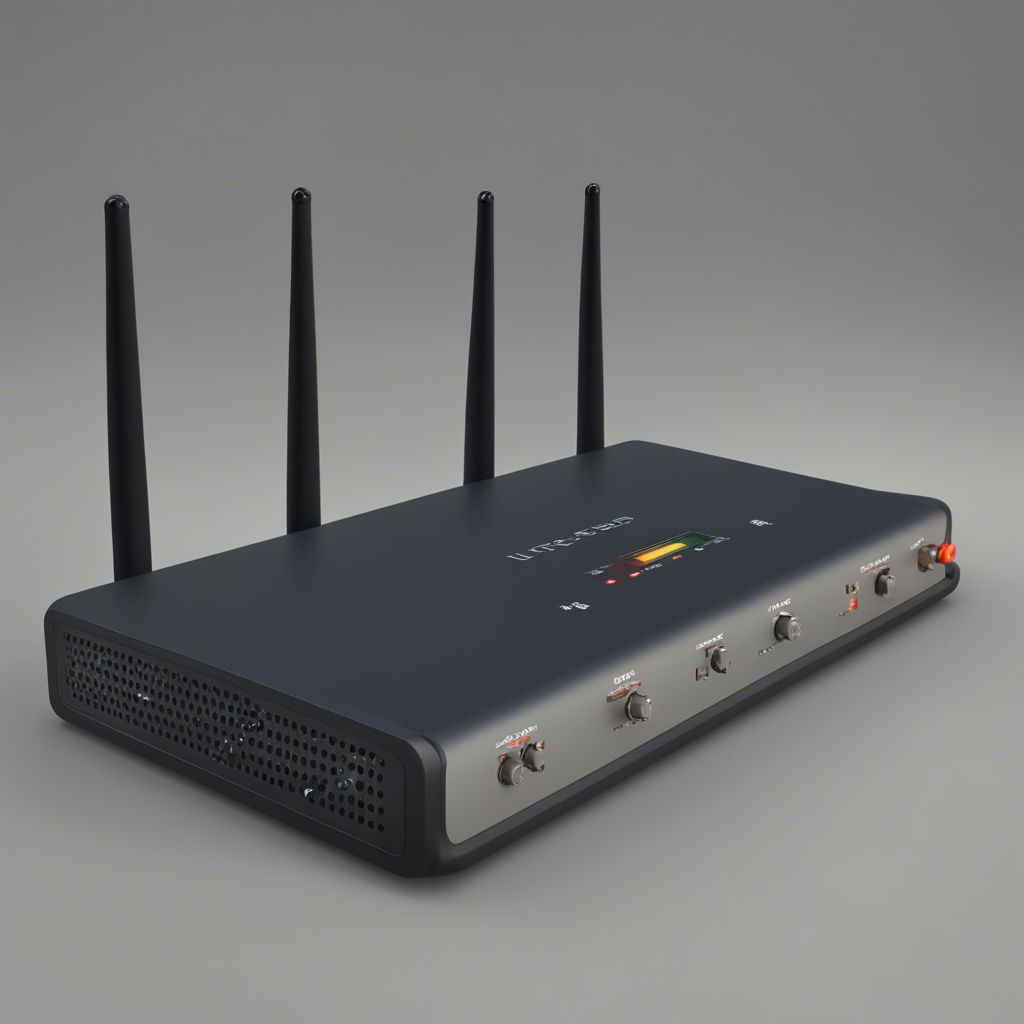
Work from Home: Top Tech Tips for Remote Workers
In recent years, remote work has become an increasingly popular trend across industries. The ability to work from home offers numerous benefits, such as flexibility, improved work-life balance, and reduced commuting time. However, it also poses certain challenges, particularly when it comes to technology. In this blog post, we will explore the top tech tips for remote workers to ensure they can maximize productivity while maintaining a seamless work-from-home experience.
1. Establish a Dedicated Workspace
Creating a dedicated workspace is crucial for remote workers to minimize distractions and promote focus. Designate a specific area in your home as your office, preferably with a proper desk, comfortable chair, and good lighting. This not only helps separate work from personal life but also signals to others that you are in work mode.
2. Reliable Internet Connection
Having a reliable and fast internet connection is essential for seamless communication and productivity. Invest in a high-speed internet plan and consider using an Ethernet connection for a more stable connection, especially if your work involves video conferences or large data transfers.
3. Upgrade Your Hardware
Ensure your computer hardware is up to the task. An outdated or slow computer can significantly hinder your productivity. Consider upgrading to a modern laptop or desktop with sufficient processing power, memory, and storage capacity. Additionally, invest in an ergonomic keyboard, mouse, and a comfortable headset for prolonged use.
4. Utilize Virtual Private Networks (VPNs)
When working remotely, it’s crucial to maintain the security and privacy of your data. Using a Virtual Private Network (VPN) allows you to securely access corporate networks and encrypt your internet traffic. This prevents unauthorized access and protects sensitive information while working outside of the office.
5. Collaborative Tools and Cloud Storage
Effective collaboration is essential for remote teams. Utilize collaborative tools such as project management software, instant messaging platforms, and online document editors to streamline communication and enhance teamwork. Additionally, leverage cloud storage services like Google Drive or Dropbox for easy access and sharing of files across devices.
6. Video Conferencing Solutions
Remote workers heavily rely on video conferencing for virtual meetings, discussions, and presentations. Explore popular platforms like Zoom, Microsoft Teams, or Google Meet that offer features such as screen sharing, chat functionalities, and recording options. Familiarize yourself with these tools to ensure smooth and effective communication with your team members.
7. Cybersecurity Measures
Working remotely exposes you to potential cybersecurity risks. Safeguard your digital assets by implementing robust cybersecurity measures. Install reliable antivirus software, enable two-factor authentication for your accounts, regularly update your software and applications, and be cautious of phishing attempts or suspicious emails.
8. Set Boundaries and Practice Self-Care
Maintaining a healthy work-life balance is key to avoiding burnout. Create a schedule that separates work hours from personal time and stick to it. Set clear boundaries for yourself and communicate them to your colleagues and family members. Take regular breaks, practice self-care, and prioritize your physical and mental well-being.
Conclusion
As remote work continues to reshape the modern workforce, it’s crucial for remote workers to adopt the right tech practices and tools to maximize productivity and efficiency. From establishing a dedicated workspace to utilizing collaborative tools and ensuring cybersecurity measures, these top tech tips will help remote workers create a seamless work-from-home experience. Remember, a well-optimized tech setup combined with a healthy work-life balance can lead to enhanced creativity, productivity, and job satisfaction in the remote work environment.
References:
- Remote.co. “How To Set Up Remote Work Systems: The Ultimate Guide.” Link
- Forbes. “How to Secure your Work from Home Now Using VPN.” Link
- PCMag. “The Best Video Conferencing Software for 2021.” Link
Note: This blog post is intended for informational purposes only and does not constitute professional advice. Readers should consult with their IT department or professionals for personalized recommendations.






